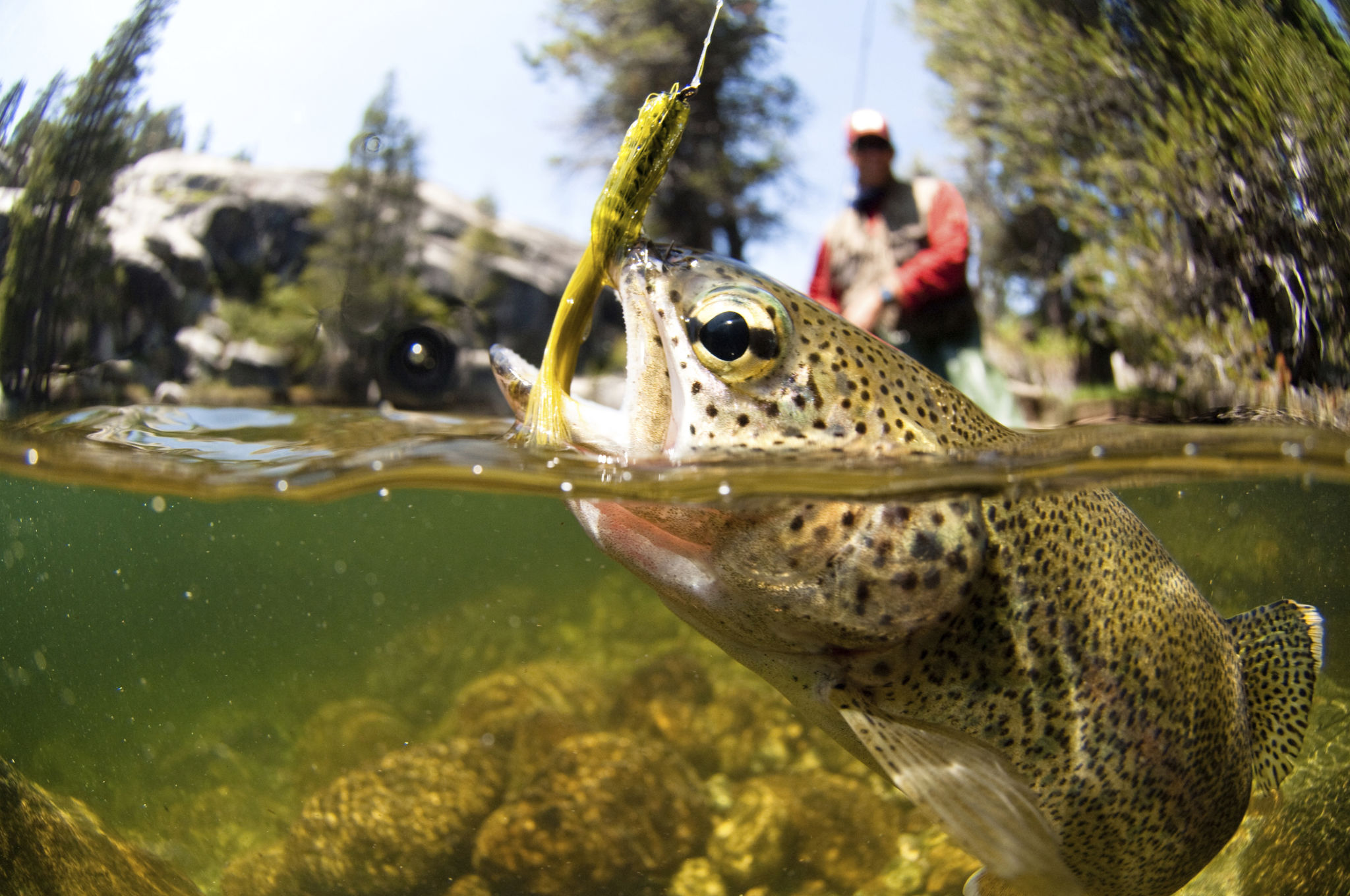Casting for GT in Kagoshima Amami: Techniques and Gear for Success
Understanding Giant Trevally (GT) and Their Habitat
The Giant Trevally, often referred to as GT, is a prized catch among anglers due to its sheer size and fighting spirit. These fish are predominantly found in the tropical waters around Kagoshima Amami, a region renowned for its rich marine biodiversity. Understanding their habitat is crucial for a successful fishing expedition. GTs are generally found near coral reefs, rocky outcrops, and drop-offs where they hunt smaller fish. They prefer areas with strong currents, which provide them with ample feeding opportunities.

Essential Gear for GT Fishing
When it comes to GT fishing, having the right gear can make a significant difference. A heavy-duty spinning reel paired with a robust rod is essential to withstand the power of these formidable fish. Look for reels with a strong drag system and rods that offer both strength and flexibility. Additionally, braided fishing line is recommended for its durability and low stretch, enhancing your ability to feel even the slightest bite.
Lures and Baits
Choosing the right lure or bait can greatly impact your success rate. Poppers and stickbaits are popular choices among GT anglers due to their ability to mimic the movement of prey on the water's surface. Opt for bright colors and larger sizes to attract attention. It's also beneficial to carry a variety of lures to accommodate different conditions and GT behaviors.
Techniques for Successful Casting
Casting for GT requires both skill and patience. Start by positioning your boat or yourself in areas where GTs are likely to be hunting. Your casting technique should aim to mimic the natural movement of prey. Swift, jerking motions can make your lure appear more enticing. Incorporate pauses in your retrieval to simulate a wounded fish, which can trigger a predatory response from GTs.

Timing and Tides
Understanding the tides is an integral part of planning your fishing trip. GTs are more active during specific tidal movements, particularly during incoming tides when they move closer to shore in search of food. Early mornings and late afternoons are also prime times, as these periods coincide with increased feeding activity.
Safety and Conservation Practices
While the thrill of catching a GT is undeniable, it's essential to prioritize safety and conservation. Always wear a life jacket when fishing from a boat and ensure you have all necessary safety equipment on board. Practice catch-and-release methods to help preserve the GT population, ensuring that future generations can enjoy the sport. Use barbless hooks to minimize injury and handle fish with care when releasing them back into the water.

Respecting Local Regulations
Familiarize yourself with local fishing regulations before embarking on your trip. These rules are in place to protect marine ecosystems and maintain fish populations. Ensure you have the appropriate licenses and adhere to any size or bag limits that may be in place.
Preparing for Your Fishing Adventure
Before heading out, ensure that all your equipment is in good condition and that you have ample supplies for your trip, including water, sunscreen, and snacks. Check weather conditions and plan accordingly, as sudden changes can affect both safety and fishing success. Lastly, keep an open mind and be ready to adapt your strategies based on the conditions you encounter.
By equipping yourself with the right knowledge and gear, you can increase your chances of a successful GT fishing adventure in Kagoshima Amami. Not only will you gain an appreciation for these magnificent creatures, but you'll also contribute to sustainable fishing practices that protect our marine environments.